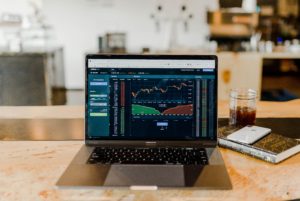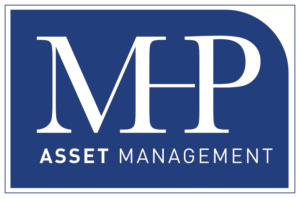March 9th, 2009 was the beginning of an 11-year bull market in stocks. On that day, I was sitting in front of my computer in my office, at the time in Conway, New Hampshire. There was panic in the markets, the S and P 500 index hit 667, before turning up that day. That was a point of capitulation which is a word that means “surrender”. During these times of capitulation and extreme fear is the time that you want to step in and buy assets that many people and institutions are trying to sell at any cost. This is a very difficult thing to do, but the professionals thrive in times that the average investor panics. Conversely when the equity(stock) markets are high and toppy, these same investors want to buy at the top! I have addressed this “emotional” investing in other articles, but I am still fascinated with investor behavior. I can say that many people do not fall into this panic selling and marking a top buying, and that is hopefully a positive behavior that we have learned from experience!
If you have structured your portfolio with non or low correlated asset classes, which is very different from having different mutual fund names, and you have achieved true asset class diversification, you will be able to weather market corrections with less pain than if you were fully invested in equity mutual funds from the same fund family. I am not saying that in recent weeks you would not have seen your portfolio down, but not with the same intensity as if you were not properly diversified.
The other issue is the lack of any cash or liquidity. It is ok to take a profit and hold cash for other opportunities. If you are fully invested, with no available cash, you would not have any dry powder to take advantage of volatile markets. Some cash is good!
Actively managed portfolios using low cost ETF’s, stocks and bonds are going to offer more diversification, flexibility and control of taxes and timing than the all too often family of funds.
Yes, I have referenced funds a couple of times, but only because that is what is commonly found in many 401ks and 403bs. It is likely that you can stay in the plan however transfer assets to an IRA where you can take advantage of fee based active asset management. This is known as “in service distribution”. I would encourage anyone inside of 5 years of retirement to contact me about this method to customize your portfolio for the purpose of your needs. You may be surprised that it is more cost efficient and effective than staying in your current plans.
The bull market with low volatility has ended. Hopefully, what seems to be a volatile mess will end up being an opportunity to upgrade your portfolio to an actively managed portfolio that is designed with conviction and purpose!





















